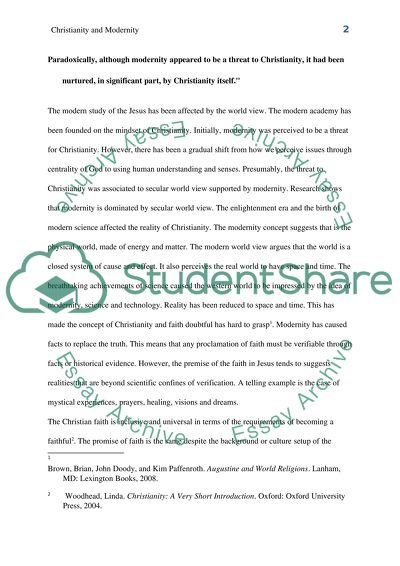Cite this document
(“Paradoxically, although modernity appeared to be a threat to Essay - 2”, n.d.)
Retrieved de https://studentshare.org/religion-and-theology/1479545-paradoxically-although-modernity-appeared-to-be-a
Retrieved de https://studentshare.org/religion-and-theology/1479545-paradoxically-although-modernity-appeared-to-be-a
(Paradoxically, Although Modernity Appeared to Be a Threat to Essay - 2)
https://studentshare.org/religion-and-theology/1479545-paradoxically-although-modernity-appeared-to-be-a.
https://studentshare.org/religion-and-theology/1479545-paradoxically-although-modernity-appeared-to-be-a.
“Paradoxically, Although Modernity Appeared to Be a Threat to Essay - 2”, n.d. https://studentshare.org/religion-and-theology/1479545-paradoxically-although-modernity-appeared-to-be-a.


